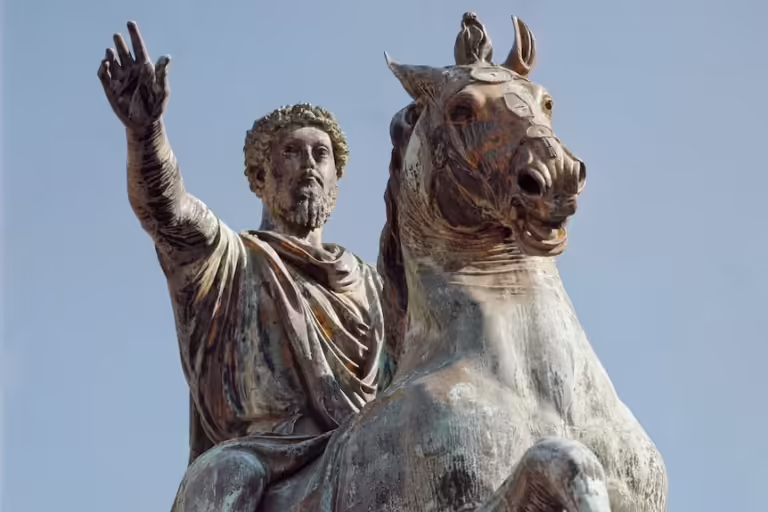Exploring the Divine: 9 Fascinating Deities from Japanese Mythology
Explore the fascinating world of Japanese mythology through 9 prominent deities, from the radiant Amaterasu to the revered Inari, uncovering their stories, roles, and impact.
Japan’s rich tapestry of myths and legends introduces us to a pantheon of gods and goddesses who have shaped the cultural fabric of the nation. These deities are revered, not just for their divine powers, but also for their intricate connections to nature, war, art, and even the sun and moon. Understanding Japanese gods offers a glimpse into the spiritual and moral foundations of Japanese society. Let’s dive into the world of the gods and goddesses of Japan and their enduring legacy.
Amaterasu: The Sun Goddess
Amaterasu, known as the Goddess of the Sun, holds a central place in Japanese mythology. As the ruler of the heavens, she is considered the most revered deity in the Shinto religion. Her radiant light not only nourishes the earth but is also believed to provide spiritual guidance to humans.
The Birth of Amaterasu

According to the myth, Amaterasu was born from the left eye of the creator god Izanagi after he returned from the underworld. This marked the beginning of her dominance over the heavens.
- Symbolism of the Sun: In Japanese culture, the sun is a symbol of life, purity, and growth. As the sun goddess, Amaterasu embodies these ideals, making her the central figure in the Shinto pantheon.
Amaterasu and the Imperial Family
The Japanese emperors are said to be direct descendants of Amaterasu, emphasizing her significance in Japan’s royal lineage. The Sacred Mirror (Yata no Kagami), believed to be Amaterasu’s reflection, is still part of the imperial regalia today.
“The lineage of the imperial family traces back to the sun itself, a beacon of divinity and leadership.” – Japanese Imperial Household Agency
Tsukuyomi: The Moon God
Tsukuyomi, the God of the Moon, plays a quieter, yet essential, role in Japanese mythology. He is the brother of Amaterasu and represents the mysterious and tranquil aspect of the night.
Tsukuyomi’s Origin Story
Born from Izanagi’s right eye, Tsukuyomi stands as a symbol of calm and balance, countering his sister’s intense light.
- Connection to Amaterasu: Despite their celestial connection, Tsukuyomi and Amaterasu became estranged due to a myth in which Tsukuyomi killed the food goddess. This event caused them to live separately, with Tsukuyomi ruling the night sky.
The Symbolism of the Moon
The moon holds spiritual significance in Japan, symbolizing peace, reflection, and the passage of time. Festivals, such as the Tsukimi moon-viewing festival, celebrate the beauty and serenity of the moon.
Susanoo: The Storm God

A God of Storms and the Sea, Susanoo is known for his volatile nature, as well as his bravery and heroism. His wild behavior often led him into conflicts with other deities, especially his sister, Amaterasu.
Tales of Susanoo’s Temper and Valor
Susanoo’s most famous feat was defeating the eight-headed serpent, Yamata-no-Orochi. After slaying the beast, he retrieved the sword Kusanagi, which later became a symbol of the Japanese imperial family.
- Impact of Storms on Japanese Agriculture: In ancient Japan, storms were feared for their destructive power, particularly regarding rice cultivation. Susanoo’s control over these forces made him both feared and revered.
“Susanoo’s rage could either destroy crops or bring much-needed rain, highlighting his dual nature as a deity.” – Shinto Encyclopedia
Benzaiten: The Goddess of Knowledge and Art
Benzaiten is the Goddess of Knowledge, Music, and Art. She is revered for her influence on creativity and intellect. Often depicted playing a biwa (Japanese lute), she represents the divine connection between art and spirituality.
Benzaiten’s Influence in Music and Art
Benzaiten’s origins trace back to the Hindu goddess Saraswati, showing the cultural exchange between India and Japan. In modern Japan, Benzaiten’s shrines are often visited by artists and scholars seeking inspiration.
- Modern Worship: Many temples dedicated to Benzaiten are popular pilgrimage sites, especially for those in creative fields.
Hachiman: The God of War
Hachiman, revered as the God of War and Archery, is especially honored by the samurai. Known for guiding warriors to victory, his influence was immense during the Heian and Kamakura periods.
Hachiman’s Role in Samurai Culture
As the protector of warriors, Hachiman’s presence in Japanese folklore is profound. The samurai sought his blessings for strength and protection in battle.
- Shrines Dedicated to Hachiman: Thousands of Hachiman shrines dot the Japanese landscape, a testament to his enduring importance in Japanese culture.
Inari: The Goddess of Agriculture and Prosperity
Inari, the goddess of agriculture and prosperity, is deeply connected to rice, the staple of Japan’s economy and diet. Her messenger, the fox, is also highly regarded in Japanese folklore.
The Sacred Foxes of Inari
Inari is often associated with foxes (kitsune), who are believed to be her messengers. Inari shrines, characterized by their iconic red torii gates, are abundant across Japan, particularly in rural areas where rice farming is still prominent.
- Role in Rice Cultivation: Inari’s influence over agriculture has made her one of the most worshipped deities in Japan, as rice is seen not only as food but as a sacred gift.
Izanami: The Goddess of Creation and Death
Izanami, along with her husband Izanagi, is responsible for the creation of the Japanese islands and many deities. She is a unique figure in that she represents both life and death, embodying the cycle of existence.
The Creation Myth
Izanami and Izanagi’s creation of the islands forms the foundation of Japan’s origin story. However, tragedy strikes when Izanami dies giving birth to the fire god, leading her to the underworld, where she becomes the Goddess of Death.
- Shaping Life and Death Beliefs: The concept of life, death, and rebirth is central to Japanese spirituality, and Izanami’s journey to the underworld reflects this cycle.
“In her dual role as creator and destroyer, Izanami represents the eternal cycle of life and death.” – Mythological Studies Journal
Reverence for Japanese Deities
Japanese deities continue to play an essential role in the spiritual and cultural life of Japan. The kami, or spirits, are not distant gods but rather close, personal entities that people interact with daily. Festivals, shrines, and pilgrimages ensure that these ancient traditions remain an integral part of modern Japanese society.
- Festivals Celebrating the Kami: Annual festivals such as Shinto Matsuri pay homage to the kami, bridging the past and present.
- Enduring Legacy: Whether through art, storytelling, or religion, the gods and goddesses of Japan continue to influence contemporary life.
Main Deities’ Overview Table
| Deity | Role | Significance |
|---|---|---|
| Amaterasu | Sun Goddess | Central figure, linked to imperial family |
| Tsukuyomi | Moon God | Brother of Amaterasu, ruler of the night |
| Susanoo | Storm God | Known for his temper and heroic deeds |
| Benzaiten | Goddess of Knowledge and Art | Revered by artists, musicians, and intellectuals |
| Hachiman | God of War | Worshipped by samurai, protector of warriors |
| Inari | Goddess of Agriculture | Associated with rice farming and prosperity |
| Izanami | Goddess of Creation and Death | Creator of Japan, ruler of the underworld |
FAQs
1. What is the most important goddess in Japanese mythology?
Amaterasu is the most important goddess, representing the sun and serving as a key figure in the imperial lineage.
2. Why is Tsukuyomi separated from Amaterasu?
Tsukuyomi killed the food goddess, leading to his estrangement from Amaterasu, symbolizing the separation of night and day.
References:
- https://www.historydefined.net
- https://en.wikipedia.org/wiki/Shinto
- https://www.japan-guide.com/e/e2056.html






